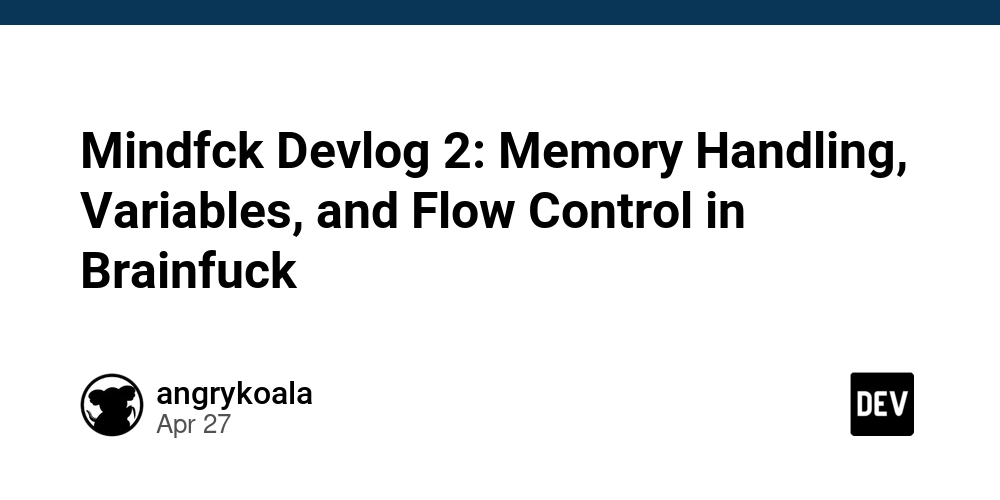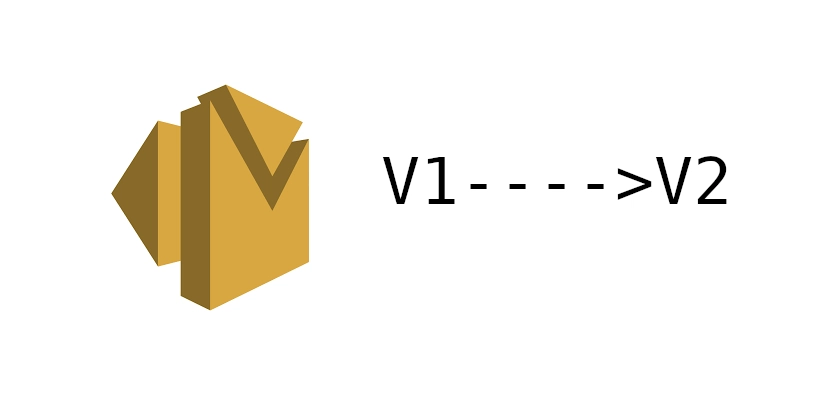PyTorch Hooks Explained: Debugging, Visualizing, and Modifying Neural Networks
Want to peek under the hood of your PyTorch models? This guide explores PyTorch hooks, powerful tools for debugging, visualizing activations, and even modifying gradients during training. Learn how to use them effectively to gain deeper insights into your neural networks and optimize their performance.
What are PyTorch Hooks?
PyTorch hooks are functions you can register on Tensors or nn.Module objects. These functions automatically execute during the forward or backward pass, providing a way to interact with the inner workings of your network. Think of them as strategically placed probes that allow you to observe and even influence the flow of data and gradients.
Why Use Hooks?
Hooks offer unique capabilities for:
- Debugging: Inspecting gradients to identify vanishing or exploding gradient problems.
- Visualization: Extracting and visualizing layer activations to understand what features your network is learning.
- Gradient Modification: Implementing advanced techniques like gradient clipping or custom gradient transformations.
Tensor Hooks: Modifying Gradients Directly
While nn.Module hooks offer broader access, tensor hooks in PyTorch let you directly manipulate gradients during the backward pass. This is useful for fine-grained control over gradient flow.
How Tensor Hooks Work
Tensor hooks only exist for the backward pass. The hook function has the signature:
grad: The gradient value of the tensor afterbackward()is called.- Return
Noneto leave the gradient unchanged or return aTensorto replace the gradient.
Example: Scaling a Tensor's Gradient
By multiplying b's gradient by 2 using a hook, subsequent gradients calculations that depend on b will use the modified gradient. This is useful for gradient modification strategies.
Module Hooks: Accessing Inputs, Outputs, and Gradients
nn.Module hooks provide access to the inputs, outputs, and gradients of a module during the forward and backward passes. This allows for richer introspection and modification possibilities, but requires a bit more care to use effectively.
Forward Hook Signature
module: Thenn.Moduleobject the hook is registered on.input: The input to the module.output: The output of the module.
Backward Hook Signature
module: Thenn.Moduleobject the hook is registered on.grad_input: Gradient with respect to the inputs of the module.grad_output: Gradient with respect to the outputs of the module.- Return
Noneto leave the gradients unchanged or return aTensorto replacegrad_input.
Caution: Understanding Multiple Forward Calls
Be aware that simple modules like nn.Linear involve multiple forward calls (e.g., multiplication and addition). This can lead to unexpected behavior if you're not careful about which forward call your hook is intercepting.
Example: Printing Input and Output Shapes
This PyTorch hook example will output the shapes of the input and output tensors for the nn.Linear layer during the forward pass.
A More Structured Approach: Named Parameters and Tensor Hooks
For many tasks like gradient clipping and modification, using a combination of named_parameters and tensor hooks offers a cleaner and more controlled approach.
Example: Zeroing Bias Gradients
This example demonstrates how to use named_parameters to selectively target the bias parameters and then use a tensor hook to zero out their gradients during backpropagation.
Visualizing Activations with Forward Hooks
Forward hooks can be used to capture intermediate feature maps (activations) for visualization. This helps understand what features individual layers are learning.
Example: Saving Feature Maps
This code saves the output of the convolutional layer (after the ReLU activation) into a dictionary, making it accessible for further analysis and visualization using tools like Matplotlib.
Conclusion: Mastering PyTorch Hooks for Deeper Insights
PyTorch hooks are a powerful tool for understanding and manipulating neural networks. By understanding how to use PyTorch hooks effectively, you can gain insights into activations, modify gradients, and debug complex models more efficiently. Experiment with different hook setups to unlock the full potential of your PyTorch models. They allow for customized interventions during both the forward and backward passes, making them indispensable for developers and researchers working at the cutting edge of deep learning.






















